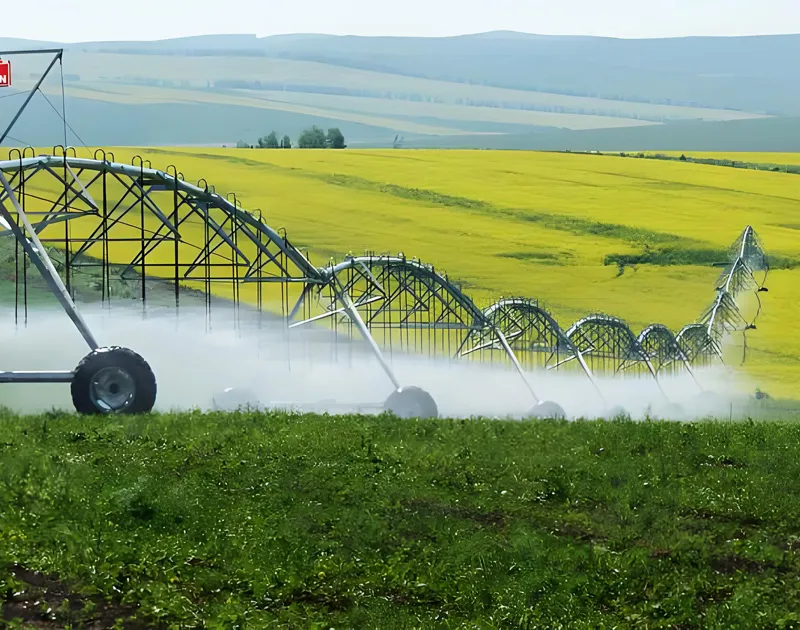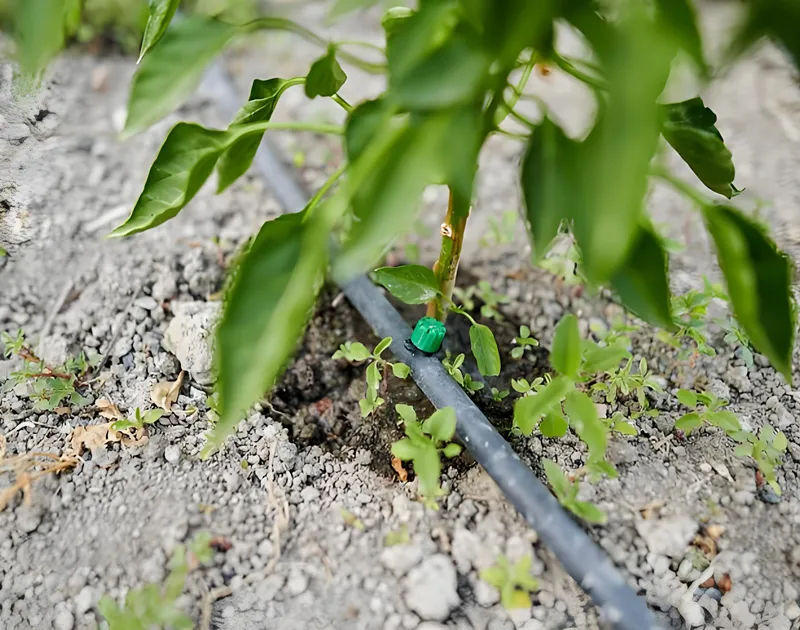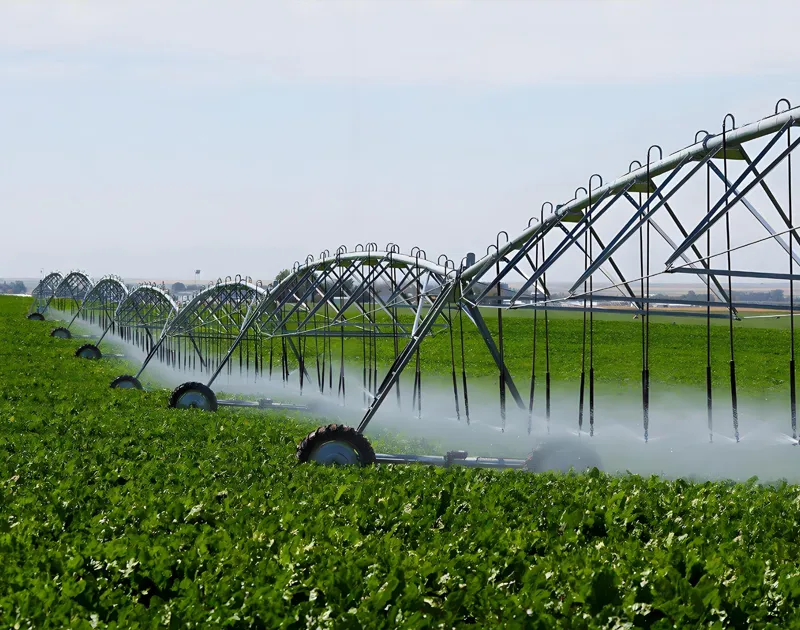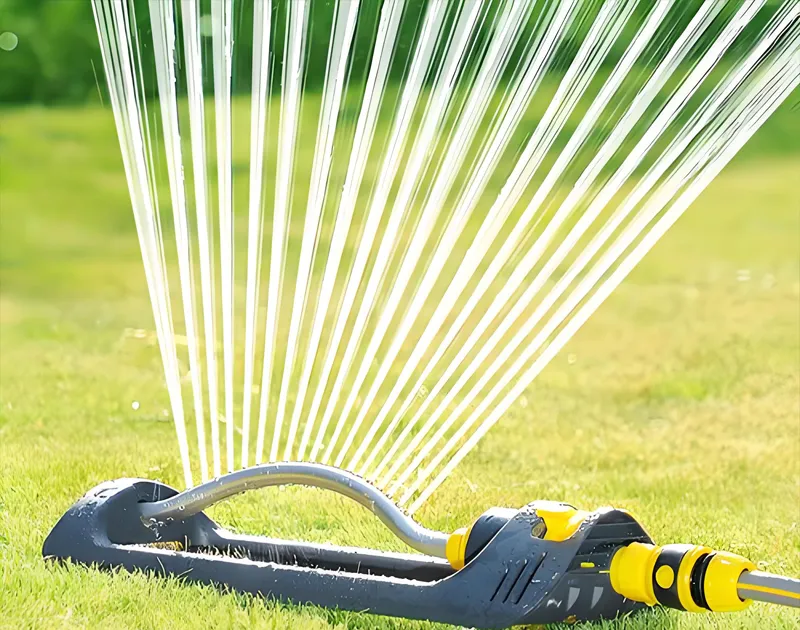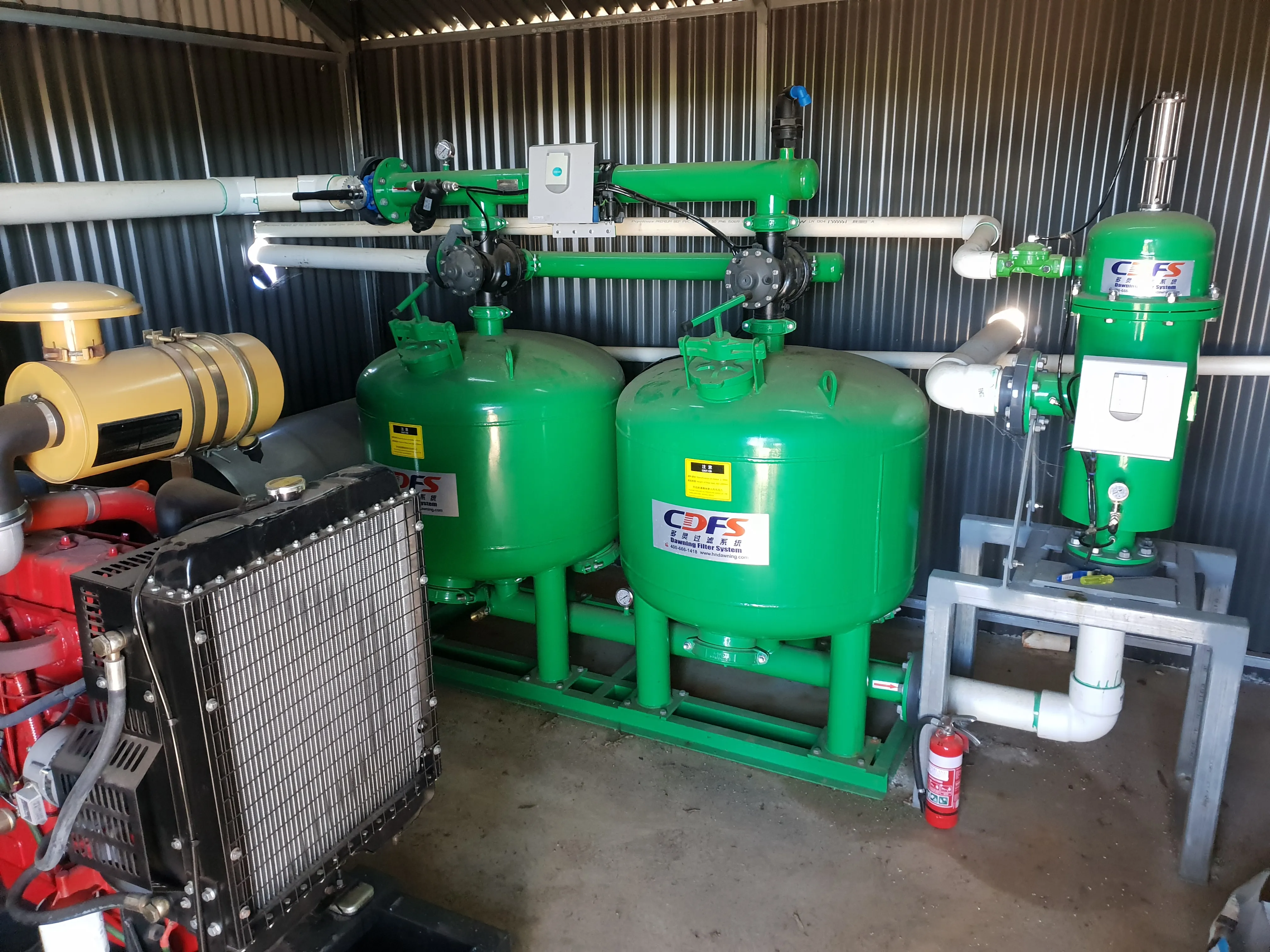Agricultural irrigation
Excessive impurities in agricultural irrigation water without a filtration system can lead to the following issues:
Equipment Clogging: Sediment, algae, and other impurities can block drip emitters, pipes, and valves, reducing irrigation efficiency and increasing maintenance costs.
Crop Damage: Impurities may carry heavy metals, pathogens, or harmful salts, directly harming plant roots or causing diseases.
Soil Degradation: Long-term use of water with high salinity or chemical pollutants can lead to soil salinization or contamination, disrupting fertility.
Yield Reduction: Impurities coating leaves hinder photosynthesis, while root damage affects nutrient absorption, ultimately lowering crop yields.
Food Safety Risks: Contaminants may accumulate in crops and enter the food chain, posing health hazards.
Water Resource Waste: System clogging or inefficiency forces excessive water usage, exacerbating water scarcity.
1.What is agricultural irrigation filtration?
It’s a process to remove debris, sediment, and contaminants from water before it’s delivered to crops, ensuring clean water for efficient irrigation.
2. Benefits of installing a filtration system?
Prevents clogging in pipes/emitters, extends equipment life, improves water distribution, saves water, and reduces maintenance costs.
3. How to choose the right solution?
Assess water source (well, river, wastewater), particle size to filter, irrigation system type (drip, sprinkler), and budget. Lab testing or expert advice helps.
4. What does Doring filtration offer?
Doring systems provide high-efficiency filtration, durability for tough conditions, low maintenance, and customizable solutions for reliable, eco-friendly irrigation.
Center-Pivot & Lateral-Move Irrigation Systems
- Center-Pivot: Operates via a central rotating tower driving multi-segment irrigation arms in circular motion, delivering large-volume water through end-mounted sprinklers. Filtration precision: 500-3500 μm.
- Lateral-Move: Employs linear-moving tower structures for bidirectional operation along predefined paths, sharing identical filtration requirements with center-pivot systems, ideal for rectangular field irrigation.
Drip Irrigation System
A precision irrigation method that delivers water and dissolved nutrients directly to the plant root zone through emitters.
Characterized by low-flow water discharge, it requires high filtration precision (80-130 μm) to prevent emitter clogging.
Micro-sprinkler Irrigation System
Utilizes pressurized pipelines to distribute fine water droplets or mist to plant roots, balancing water conservation and uniformity.
With medium-flow output, its filtration precision requirement ranges from 130-300 μm to intercept mid-sized particulate contaminants.
Sprinkler Irrigation System
Achieves broad-area coverage through pipeline networks and rotating nozzles, dispersing water uniformly via high-pressure water streams.
The high-flow operation necessitates a wider filtration range (200-3500 μm) targeting large particulate matter.
Application Scenario: Australia, River Water for Vineyard Irrigation
Application Scenario: Australia, River Water for Vineyard Irrigation
Technical Solution:
Primary filtration: Sand media filter DMF4816-2A with 4-inch main pipe, primarily removing fine organic matter and sludge from water.
Secondary filtration: Parallel-connected self-cleaning screen filter DLHF304MAX with 120-mesh precision, preventing particles larger than 120 mesh from entering the pipeline system.
Case Effectiveness:
The filter controller is battery-powered and features differential pressure- and time-triggered automatic backwashing, enabling fully unmanned operation.

